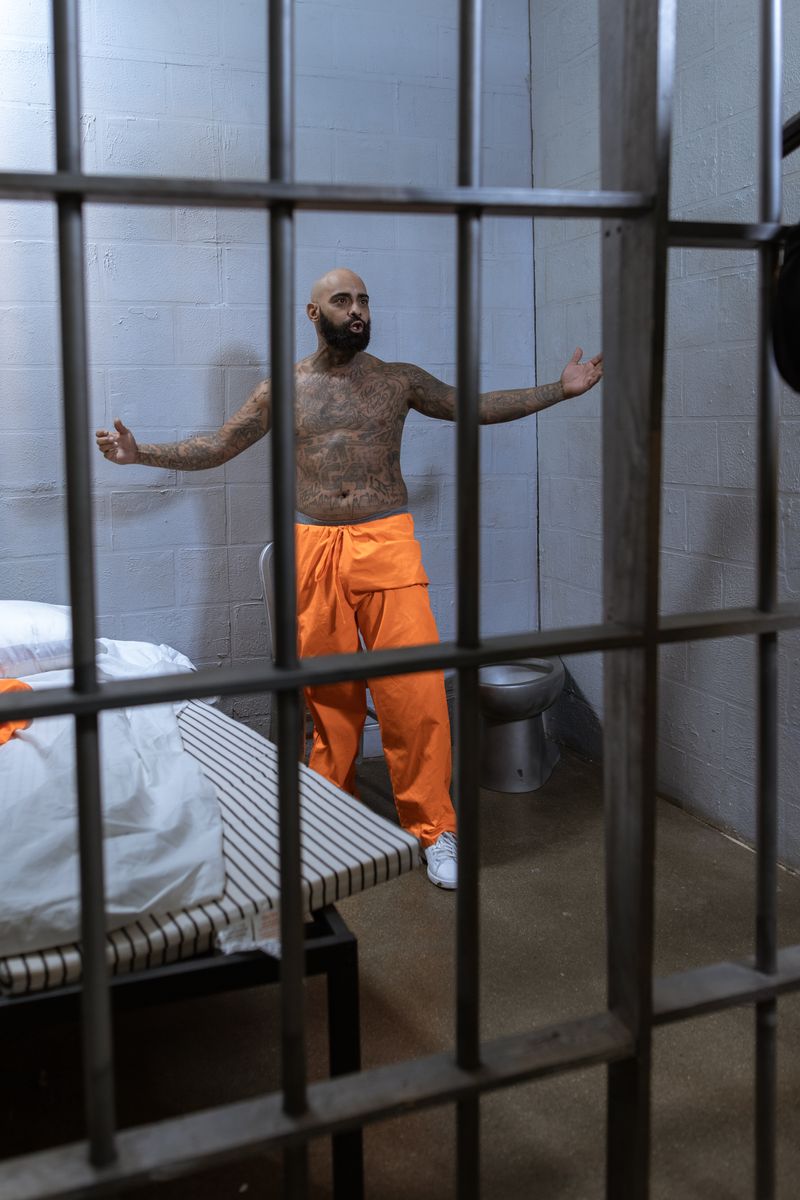Unabomber Ted Kaczynski Found Dead in US Prison Cell
The death of Ted Kaczynski, better known as the Unabomber, has been confirmed by federal officials. Kaczynski, who killed three people and injured 23 others through a mass bombing spree between 1978 and 1995, later pleaded guilty to his crimes. He was sentenced to life without parole in 1996 and had spent the past three decades in various prisons across the United States, most recently at the Federal Medical Center in Butner, North Carolina. On Saturday morning, prison guards discovered Kaczynski’s body, but his cause of death has not yet been disclosed.
A Life of Violence
Kaczynski’s violent campaign, which caused much public unrest, ultimately left a number of his victims permanently disfigured and changed the way that Americans posted letters. His crimes were eventually uncovered after he coerced the Washington Post and the New York Times to publish his manic and angry manifesto, named Industrial Society and Its Future, in September 1995. Following the publications, Kaczynski’s brother and sister-in-law recognized the tone and alerted the FBI, who had been searching for him for years through the nation’s longest manhunt. In April 1996, after a 10-by-14-foot cabin search in Montana, where journals, coded diaries, explosives, and completed bombs were found, authorities caught up with him.
Motivations and Legacy
Since his capture, there has been much speculation about Kaczynski’s motivations. Kaczynski had an IQ of 167 and had skipped two grades remarkably to attend Harvard University aged 16. The FBI characterized him as “a twisted genius who aspires to be the perfect, anonymous killer,” and he was diagnosed as paranoid schizophrenic by a psychiatrist who interviewed him in prison. Kaczynski himself, however, constantly denied any delusions and insisted that he knew precisely what he was doing, trying to take his own life in jail after his legal team attempted to introduce an insanity plea.
Though Kaczynski’s manifesto may appear political, he never sought to embody the revolutionary mantle which people attributed to him. Indeed, Kaczynski’s attacks began when he was fired from the family business by his brother, who posted abusive limericks directed towards a coworker who had dumped him after two dates. Then Kaczynski retreated to the Montana wilderness and built his own cabin without plumbing, electricity, or heating, where he launched his initial attacks from.
Philosophy Beyond the Unabomber
Kaczynski’s manifesto criticized modern life and claimed that technology contributed to Americans’ sense of apathy and powerlessness. While Kaczynski’s views failed to persuade the majority of people, many philosophers argue that it offers a valuable starting point for debate on how society can create a meaningful and structured relationship with a rapidly evolving digital world. The advent of technology has allowed people to combat social isolation and given them a space for interaction, yet it often comes at the expense of healthy relationships and life paths.
Editorial and Advice
Kaczynski’s violent terror campaign was unacceptable, and our society should not condone such actions under any circumstances. His life and actions remind us of the ways in which anger, alienation, and bitterness can go unchecked and incite a cycle of violent retaliation and actions. Though utterly contrary to our values, the philosopher in Kaczynski’s mania reminds us to reflect on the benefits and drawbacks of advancing technology, our relationship with the environment and the toll that it takes on personal relationships.
The Unabomber‘s violence and the way he chose to address his discontentment with society are not options that we should consider or encourage. Rather, we should challenge these kinds of actions, and we should seek alternative paths that drive progress while safeguarding society. One path for this is to invest in the education and provision of the needs of those who have been left behind by the economic system.
We also need to consider how technology transforms human interaction and relationships, for example changes in labour and education systems may lead to more profound changes in personal interactions. These changes can be overwhelming and denaturing, thus establishing a need to integrate digital engagement with social and emotional needs for a healthier balance in life.
As we mourn the death of Ted Kaczynski, we need to remember that his legacy provides a stark cautionary tale. By turning anger and the resentment of modern life to violence rather than peaceful means, he destroyed many lives and families. We must learn from his actions and choose the path of peace and progress, moving forward positively, safely, and compassionately.

<< photo by RDNE Stock project >>
You might want to read !
- Calgary under Heat Warning as Temperatures Soar Today
- Rumors vs Reality: The Truth Behind YNW Melly’s Alleged Death
- Florida Judge in YNW Melly’s case removes hurdle for death penalty
- The Unabomber: Remembering Theodore ‘Ted’ Kaczynski’s Life and Legacy
- “Downtown Maple Ridge Condo Fire Highlights Need for Improved Safety Measures”
- Remembering Mike Batayeh: The Life and Legacy of the Late Breaking Bad Actor
- 24 Hours of Le Mans 2023: How to Watch Live, Start Time, and Broadcasting Platforms in Canada




